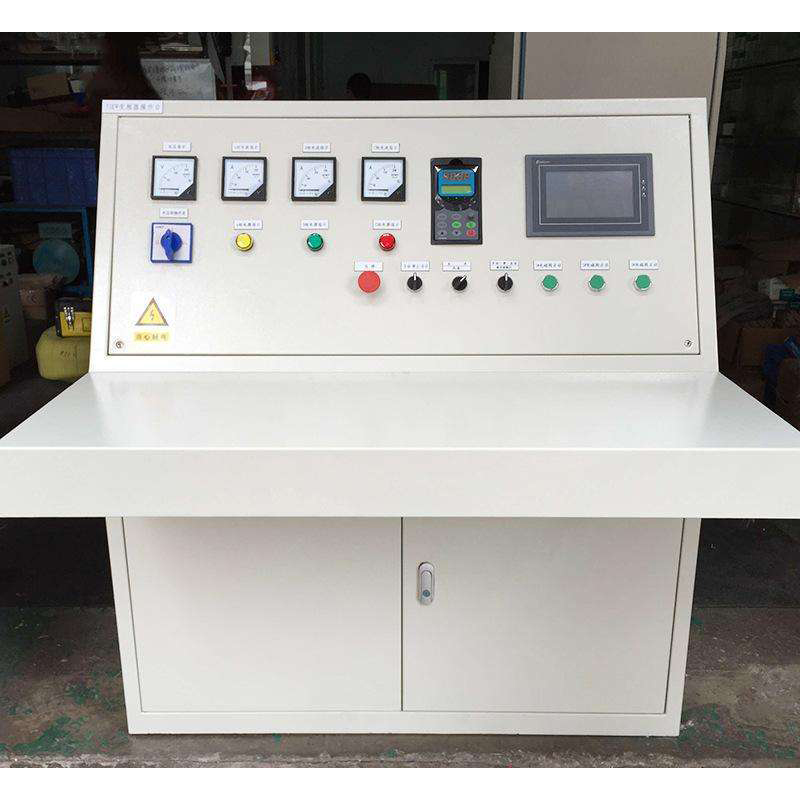
Nov . 10, 2024 22:22
Back to list
Safety Valve Ensuring System Integrity and Preventing Catastrophic Failures
The Importance of Safety Valves in Industrial Applications
Safety valves are critical components in various industrial processes, serving as essential safeguards for equipment and personnel. These valves are designed to open and release excess pressure from a system to prevent catastrophic failures, such as explosions or equipment damage. In this article, we will explore the function, types, applications, and significance of safety valves in enhancing safety and efficiency in industrial settings.
Understanding Safety Valves
A safety valve is a mechanical device intended to prevent overpressure in vessels or pipelines. When the pressure within a system exceeds a predetermined limit, the safety valve activates, releasing excess pressure and allowing the system to return to a safe operating condition. This feature is especially vital in industries that utilize pressurized gases or liquids, including petrochemical, pharmaceutical, and manufacturing sectors.
Types of Safety Valves
Safety valves come in various designs, each tailored to specific applications and pressure requirements. The most common types include
1. Spring-Loaded Safety Valves These are the most widely used safety valves, operating based on a spring mechanism. When pressure exceeds the set limit, the force of the gas or liquid overcomes the spring force, causing the valve to open.
.
3. Blow-off Valves Typically used in pneumatic systems, these valves release pressure by expelling air or gas, ensuring that the system does not exceed operating limits.
صمام الأمان

4. Pressure Relief Valves Similar to safety valves, pressure relief valves gradually open to allow controlled pressure release, making them suitable for applications requiring fine control.
Applications of Safety Valves
Safety valves are utilized across a wide range of industries. In the oil and gas sector, safety valves protect drilling rigs, pipelines, and refineries from excessive pressure build-up, thereby safeguarding personnel and the environment. In power plants, safety valves are essential for maintaining the operational integrity of steam boilers and turbines. Similarly, in the food and pharmaceutical industries, safety valves ensure that processes involving high temperatures and pressures meet safety regulations and prevent contamination.
The Significance of Safety Valves
The significance of safety valves cannot be overstated. First and foremost, they are fundamental to ensuring the safety of workers and the surrounding environment. By preventing overpressure scenarios, safety valves significantly reduce the risk of accidents, explosions, and subsequent loss of life.
Moreover, safety valves play a crucial role in minimizing financial losses associated with equipment damage and downtime. A failure to properly maintain or install safety valves can lead to devastating consequences. Therefore, regular inspection and maintenance of these valves are imperative to ensure their reliability and effectiveness.
Additionally, safety valves help industries comply with regulations and standards governing safety in operations. Regulatory bodies often dictate specific requirements for pressure management, and the installation of safety valves is a critical component in meeting these standards.
Conclusion
In conclusion, safety valves are indispensable components in many industrial processes, acting as the first line of defense against overpressure incidents. Their various types and applications highlight their versatility and importance in maintaining safe operational environments. As industries continue to advance, the design and technology of safety valves will evolve, ensuring that they remain effective in protecting equipment, personnel, and the environment from potential hazards. Regular maintenance, adherence to safety standards, and ongoing education about the importance of these valves are crucial for industries to uphold their safety and efficiency objectives.
Latest news
-
Safety Valve Spring-Loaded Design Overpressure ProtectionNewsJul.25,2025
-
Precision Voltage Regulator AC5 Accuracy Grade PerformanceNewsJul.25,2025
-
Natural Gas Pressure Regulating Skid Industrial Pipeline ApplicationsNewsJul.25,2025
-
Natural Gas Filter Stainless Steel Mesh Element DesignNewsJul.25,2025
-
Gas Pressure Regulator Valve Direct-Acting Spring-Loaded DesignNewsJul.25,2025
-
Decompression Equipment Multi-Stage Heat Exchange System DesignNewsJul.25,2025

